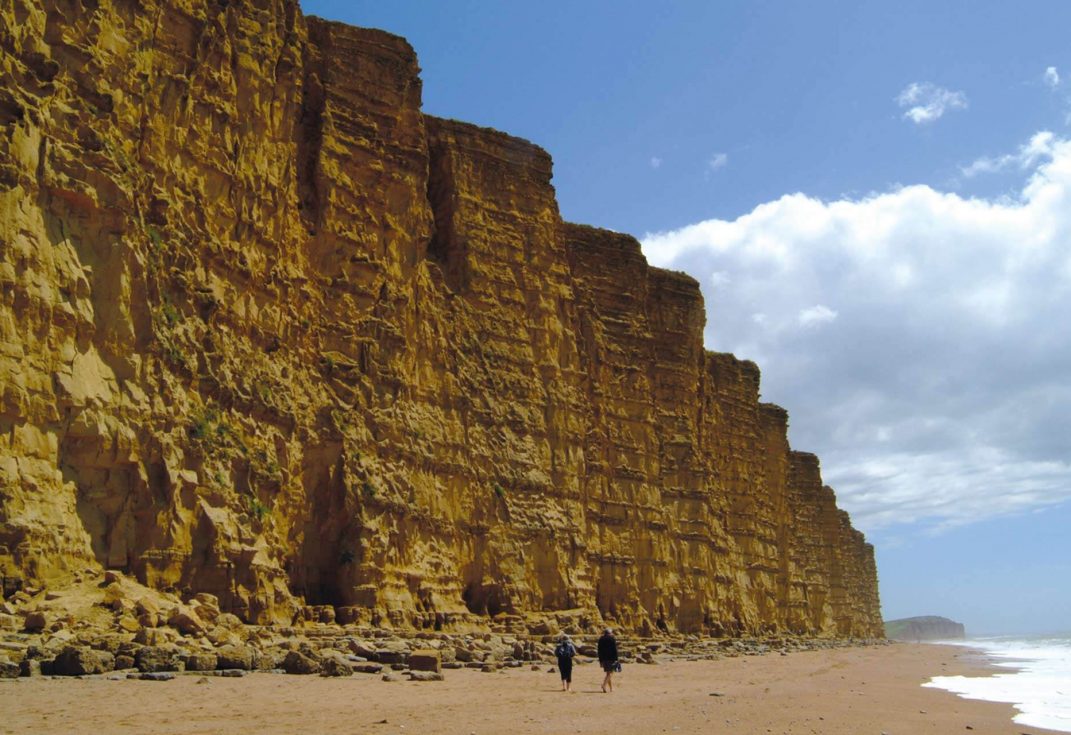Reading the past
A living textbook and historical record of rural England.
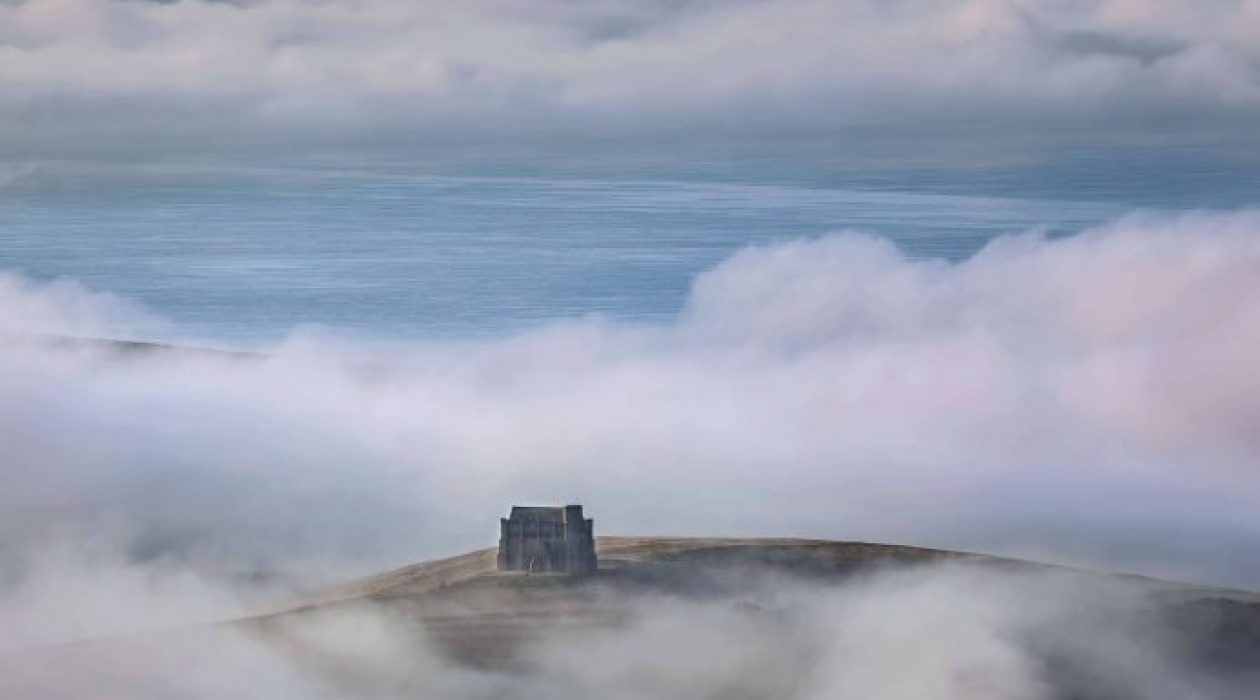
A living textbook and historical record of rural England.

The Dorset National Landscape boasts an unrivalled expression of the interaction of geology, human influence and natural processes in the landscape.
In particular, the Dorset National Landscape has an exceptional undeveloped coastline, renowned for its spectacular scenery, geological and ecological interest and unique coastal features including Chesil Beach and the Fleet Lagoon, Lulworth Cove and the Fossil Forest, Durdle Door and Old Harry Rocks. The unique sequential nature of the rock formations along the Dorset and East Devon’s Jurassic Coast tells the story of 185 million years of earth history. The significance and value of this to our understanding of evolution is reflected in the designation of the coast as a World Heritage Site. The dynamic nature of the coast means that it is constantly changing and new geological discoveries are constantly being made, emphasising the importance of natural coastal processes.
With relatively little large-scale development, the Dorset National Landscape retains a strong sense of continuity with the past, supporting a rich historic and built heritage. This is expressed throughout the landscape, as generations have successively shaped the area. It can be seen in field and settlement patterns and their associated hedges, banks and stone walls, the wealth of listed historic buildings and the multitude of archaeological sites and features. The South Dorset Ridgeway is a fine example of this, with a concentration of prehistoric barrows and henges to rival that at Stonehenge and Avebury giving a focus to this ancient landscape.
Industrial activity has also left its mark. Examples of our industrial heritage include traditional stone quarrying in Purbeck, and the thousand-year-old rope industry around Bridport which have shaped the landscape, local architecture and town design.
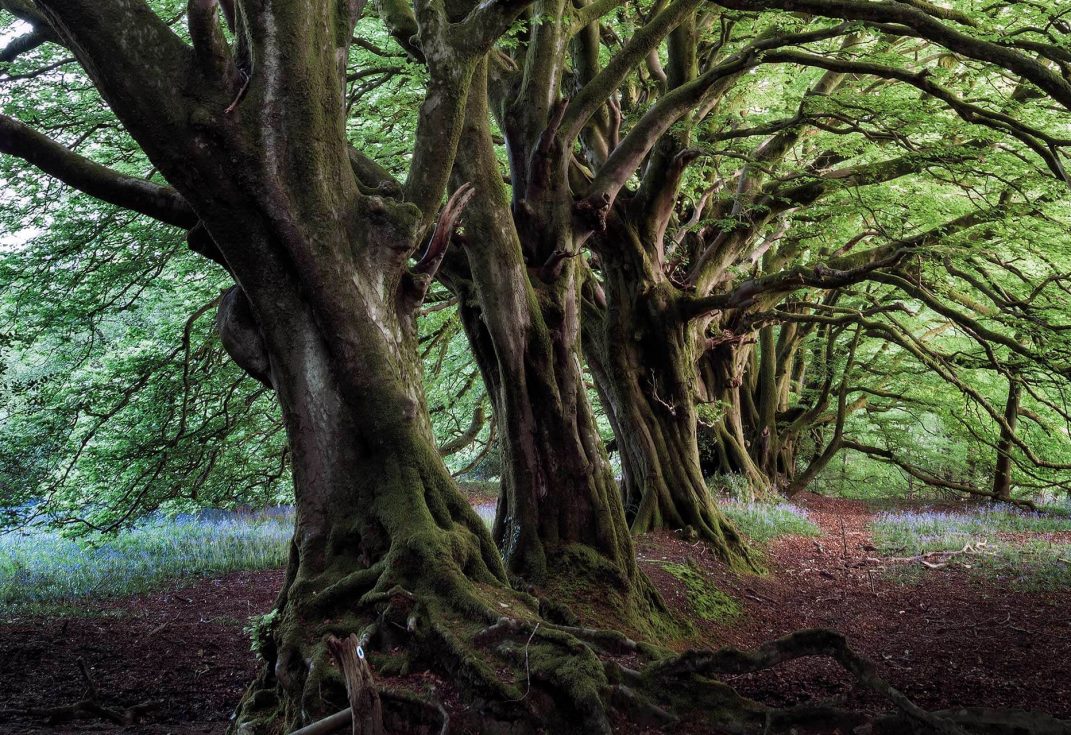
Expand the headings below to explore more about Geodiversity, Coast & Sea and Historic & Built Environment.
Geodiversity can be defined as the variety of geological processes that make and move those landscapes, rocks, minerals, fossils and soils which provide the framework for life on Earth.
The geology of the Dorset National Landscape spans some 200 million years of Earth history. Much of West Dorset is formed from Jurassic sediments that record changing marine conditions and contain an exceptional fossil record. Cretaceous chalk and sands lie across the central swathe of the National Landscape covering the Jurassic beds. In the east more recent deposits from the Cenozoic – sands, gravels and clays – overlie the Cretaceous rocks, giving rise to important heathland habitats. In addition to the geology and fossils, the Dorset coast is renowned for its geomorphology and active erosion processes. Key sites and features include Chesil Beach, one of the world’s finest barrier beaches; West Dorset’s coastal landslides; Horn Park Quarry National Nature Reserve; the fossil forest and dinosaur footprints in Purbeck and the Weymouth anticline and the Purbeck monocline structures. Many of the rocks and mineral resources are important for the extraction industries; the variety of building stones found in the AONB is a major contributor to the local distinctiveness of our settlements.
Godiversity and natural beauty
Geodiversity underpins the natural beauty for which the AONB is designated. The diverse underlying geology and geological/ geomorphological (i.e. landform-related) processes are intrinsic to ecosystem service delivery, influencing soils and hydrology, wildlife habitats, landform, land use and architecture that make up the character and distinctiveness of the landscape. Dorset has an extremely rich geodiversity, most notably recognised through the designation of the coast as part of England’s first natural World Heritage Site (WHS). The Dorset and East Devon Coast WHS was selected for its unique exposure of a sequential record through Triassic, Jurassic and Cretaceous periods; this diversity is reflected throughout the Dorset National Landscape. The network of inland geological and geomorphological sites represents a valuable but less well-known scientific record of the geology and environmental history of the area and often link to the local stone industry.
Geodiversity contributes to the cultural life of the National Landscape: the Jurassic Coast is a key part of the National Landscapes’s ‘living textbook’ special quality, and the qualities of stone for building have long influenced the area’s villages, towns and field boundaries.
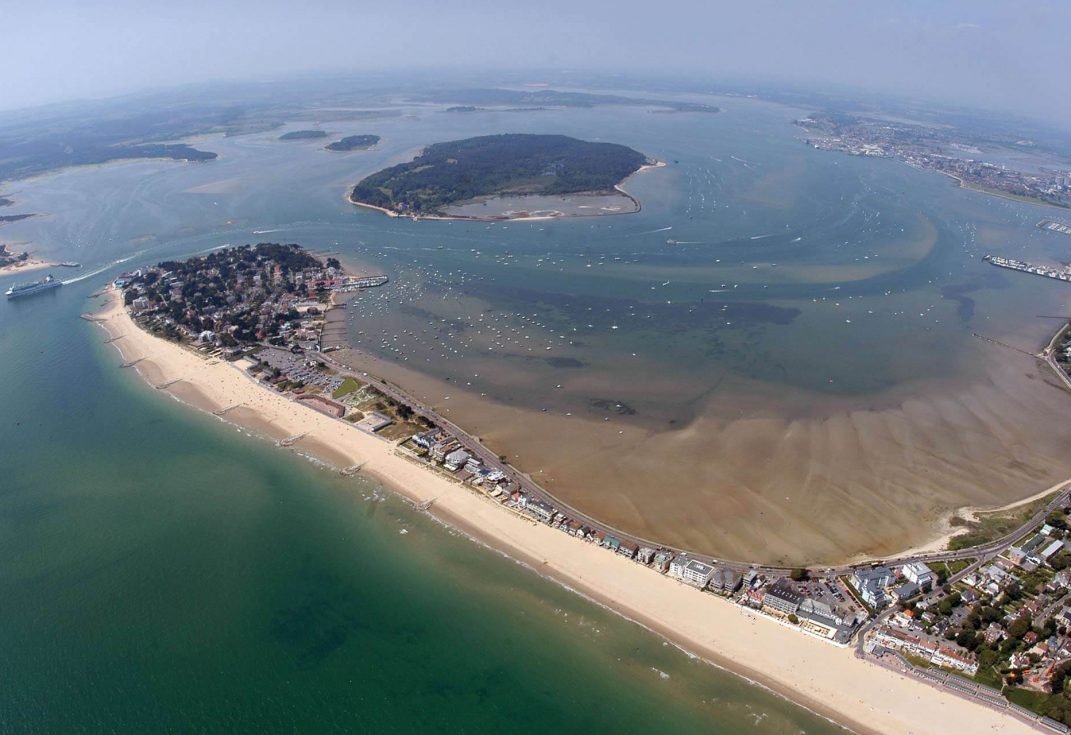
The National Landscape includes approximately 120 miles of coastline, much of which is covered by nature conservation designations. Key marine habitats in the AONB are at Chesil Beach and the Fleet, which is the UK’s largest tidal lagoon and a marine Special Area of Conservation (SAC); Poole Harbour, the UK’s largest lowland natural harbour and a Special Protection Area (SPA) for birds; Kimmeridge where there is a voluntary marine reserve and the subtidal rocky reefs adjacent to the coast between Swanage and Portland which have been designated as Marine SACs. Many important wildlife species depend on both marine and terrestrial habitats for their survival, emphasising the need for integrated management.
Being a coastal National Landscape, Dorset also supports a range of maritime industries and a rich coastal and marine heritage. The main ports along the coast are at Poole and Portland, both just outside the National Landscape boundary. Fishing harbours and anchorages that support the inshore fishing community are located at Lyme, West Bay, Weymouth, Lulworth, Kimmeridge and Chapman’s Pool. Coastal resorts provide a link between land and sea where people live, come to visit and carry out the increasing trend of water-based recreation. The South West Coast Path National Trail (to be succeeded by the England Coast Path) is a significant recreational resource. The AONB’s coastline also has significant marine archaeology.
Coast, sea and natural beauty
There are unique qualities and challenges associated with the coast and marine environments and activities both within and integrally linked to the Dorset AONB. While there is considerable cross over with other special qualities in relation to wildlife, geodiversity, heritage, access and local products, the nature of the AONB’s coast merits a specific consideration.
The coast and marine environments of the National Landscape are among its most popular and defining characteristics. Our unique World Heritage Site is globally significant, but also one of the most dynamic and changing parts of the National Landscape. Over half of Poole Harbour lies within the National Landscape boundary and habitats along the coast are particularly special due to the maritime influence.
Much of the coastline is within the Dorset and East Devon World Heritage Site; the National Landscape designation provides the statutory landscape protection for its setting and presentation. There are also two Heritage Coasts within the National Landscape – West Dorset and Purbeck. Heritage Coasts are stretches of largely undeveloped coastline of exceptional or very good scenic quality. While not a statutory designation, they are a material consideration in planning terms and are defined with the aim of protecting their special qualities from development and other pressures. Their statutory protection is delivered through the National Landscape designation where they overlap.
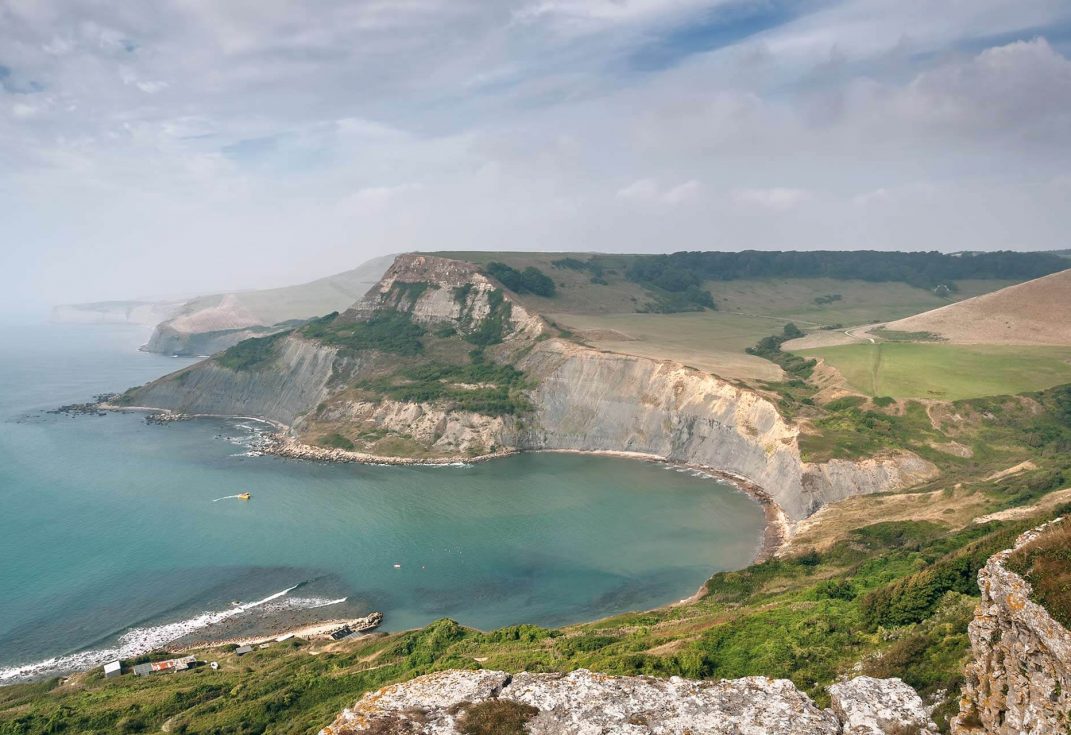
The Dorset National Landscape has an exceptional wealth of heritage, in particular nationally important prehistoric features that reveal the evolution of the landscape and human history during this period. Its transport, settlement patterns and administrative boundaries have Roman and Saxon origins and its villages and hamlets contain fine historic churches and houses. Underpinned by a complex and diverse geology, the National Landscape contains a wealth of traditional building materials that have helped develop a unique sense of place and time depth to our villages and towns. The settlement patterns are constrained by the surrounding landscape and, along with a range of rural industries such as coppicing and water meadows, have further strengthened the sense of place.
The Dorset National Landscape boasts some of the finest visible archaeological remains in the country, such as Maiden Castle and the extensive Neolithic / Bronze Age ceremonial landscape of the South Dorset Ridgeway. Significant features span all ages, from the Neolithic to the present day, and are visible in the National Landscape’s landscape; there is even some evidence of earlier human activity. The Dorset National Landscape has 547 Scheduled Monuments totalling over 1100 ha. Also within the National Landscape are 18 registered parks and gardens covering over 2400 ha (1 Grade I, 9 Grade II*), 17 locally important parks and gardens, 82 conservation areas, and nearly 4000 listed buildings (113 Grade I, 2221 Grade II*).
The Dorset National Landscape also has one of the highest proportions of listed buildings in the country, many of which are thatched, lending a local distinctiveness to most of its settlements. Offshore, there are 1,727 reported shipwrecks between Lyme Regis and the mouth of Poole Harbour, 270 of which have been located on the seabed. Of these, three are protected wrecks and there are 7 sites designated under the Protection of Military Remains Act (of only 56 such sites in British waters). Archaeology is under-recorded in the National Landscape, both for specific features, such as historic agricultural buildings and rural industries, and geographically, such as the vales in the west of the area. Woodland archaeology is also under-recorded, both in terms of archaeology beneath woodlands which is hard to survey and archaeology relating to past woodland management, such as sawpits and wood banks.
Historic and built environment and natural beauty
The marks of human occupation are integral components of the ‘natural’ landscape; a record of how people have used the environment and the resources it provides over time. Alongside giving an insight into the lives of previous occupiers of the landscape, they provide a sense of time depth and contribute to uniqueness in a sense of place.
